The test of numbers and the global context
The return of international visitors to Vietnam in 2025 has shown a strong breakthrough after the relentless efforts of the tourism industry. In the first 10 months of 2025, Vietnam welcomed nearly 17.2 million international visitors - an increase of more than 21% over the same period in 2024, marking a leap forward in recovery efforts. This figure shows that Vietnam's appeal in the international market is still strong, and the brand and positioning of Vietnam as an attractive destination on the world tourism map is increasingly consolidated and highlighted.
The above figures show that Vietnam's tourist destinations have received many awards and high rankings from prestigious international tourism and media organizations. Vietnam is also always in the top destinations with the highest growth in Google searches by tourists.

Vietnam Tourism 2025 has brought about great results with impressive numbers of tourists.
On a global scale, international tourism has almost recovered to pre-pandemic levels. According to a report by the World Tourism Organization (UNWTO), international tourism is at or near 100% of 2019 levels in many regions, meaning competition between destinations to attract visitors is fiercer than ever. In this context, countries are launching open-door policies, visa incentives, large promotional campaigns and strong promotion budgets.
Thailand, Vietnam’s direct regional competitor in Southeast Asia, has extended its visa waiver program to 93 countries, with stays of up to 60 days in some periods, to attract more long-term and high-quality visitors. This is an example of a visible policy that directly impacts destination decisions.
Or like China, a country that is already very strong in tourism in Asia, also continuously optimizes its entry and transit policies, expanding short-term visa exemption/reduction programs at many border gates.
These changes force Vietnam to consider both its visa strategy and flight network development to maintain its competitive advantage.
The report of the Department of Tourism at the 2026 Tourism Promotion Conference affirmed that promotion cannot be just a series of traditional activities, fairs or roadshows, but needs to have a long-term strategy, measurement and close connection with actual products.
Ms. Nguyen Thi Hoa Mai, Deputy Director of the Vietnam National Tourism Administration, commented that currently, many localities still promote in a fragmented manner, lacking a unified national brand identity, and the national promotion budget is limited and "on a yearly basis", making it difficult to have a campaign that creates a big buzz.
Sharing the same view with Ms. Hoa Mai, Deputy Director of the Department of Culture, Sports and Tourism of Da Nang City, Van Ba Son, also pointed out that the current coordination mechanism between the Ministry - locality - enterprise in developing and implementing overseas promotion programs is still lacking. Many programs overlap or are announced late, making it difficult for localities to allocate resources.
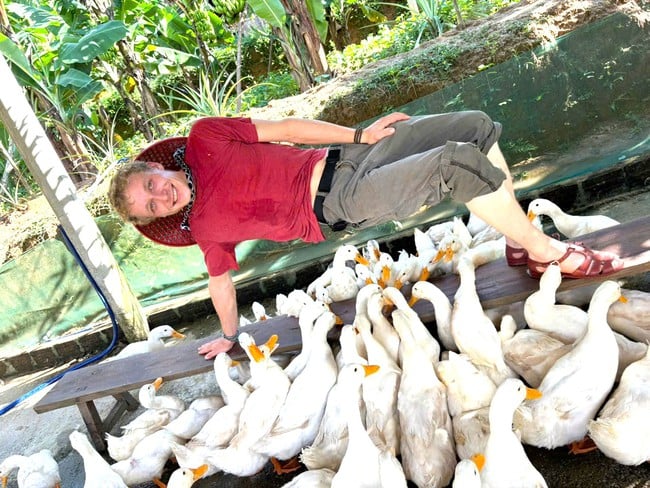
However, to improve the quality of customers in the coming years, stronger measures are needed.
In addition, promotional resources are limited, especially in organizing programs in international markets; small businesses find it difficult to participate due to high costs and complicated procedures. Promotion work also faces barriers in regulations on linkage, data sharing and statistics between localities; there is no common standard for customer data. Some international promotional events are organized overlapping, making it difficult for localities and businesses to coordinate.
According to Ms. Hoa Mai, to retain tourists, we need to start with the product, the experience must be different enough, deep enough for customers to want to stay longer, spend more and come back, for example, cuisine needs to be "packaged" into a purchasable experience (food tours, cooking classes connected to farms, regional culinary events) instead of just discrete media content.... At the same time, services, infrastructure, service attitude, and inter-regional connections must be improved to turn promotional promises into real experiences.
Three key points
A key change in traveler behavior post-pandemic is the increased reliance on digital content, especially short videos and user-generated content (UGC). Recent research and analysis shows that short-form videos (TikTok, Douyin, Reels...) have a significant impact on destination awareness and travel decisions, and create a lasting effect when linked to booking behavior. Marketing innovation means investing in the digital content ecosystem, purchasing behavioral data from OTAs/airlines, and applying AI to personalize the customer experience.

The race to retain tourists requires a coordinated strategy.
The Department's report recommends upgrading the vietnam.travel platform into a centralized "digital infrastructure", while building clear KPIs and promoting campaign tracking, necessary steps to move from event-based promotion to data-driven marketing.
In addition, the report also stated that Vietnam's promotion budget is still modest compared to some countries in the region. Meanwhile, countries like Thailand and other major destinations accept to spend heavily on national promotion in exchange for global recognition and quality visitors. Vietnam needs to survey and adjust financial mechanisms, consider the model of state leadership and joint implementation by enterprises to create a stable source of capital for long-term campaigns.
In addition to the budget, the coordination mechanism between the central government, localities, enterprises and representative agencies abroad must also be reformed to avoid the situation of "each place doing it differently", dispersing resources and messages. A mandatory national brand identity framework or at least identity standards will help local campaigns better align with the national strategy.
Based on the above issues, to effectively enable the "retention" mode, the Vietnam National Administration of Tourism recommends building a 2026-2030 promotion strategy that truly takes the three core elements of experience - cuisine - culture, but has a clear product package (signature products) to sell instead of just "storytelling".
In addition, there needs to be a policy to remove financial mechanisms: restructuring the Promotion Fund into a professional institution, opening a contribution mechanism from businesses, airlines, and OTAs to create a large campaign fund.
Vietnam has rich natural, cultural and culinary advantages, but in a world where every destination is investing heavily in branding, easy entry and digital, waiting for visitors to come will not be enough. The race to retain visitors requires a synchronous strategy of good products, strong messages, modern digital platforms, sustainable financial mechanisms and close coordination between the State and businesses. If that can be done, Vietnam will not only attract more visitors but also turn that number of visitors into a stable source of revenue, the local economy will develop sustainably and the national tourism brand will be truly positioned on the world map.
At the recent 2026 Tourism Promotion Conference, Deputy Minister of Culture, Sports and Tourism Ho An Phong requested provinces, cities and businesses to overcome the fragmented and fragmented promotional activities in the past. The 2026 plan needs to have stronger innovations, ensuring clear promotional messages, promoting the national image to the world in a more professional, consistent and attractive manner. In particular, it is necessary to diversify promotional methods. Promotional forms need to be implemented continuously and persistently, avoiding the situation of doing it in batches, which reduces the spreading effectiveness. This work also needs a specific evaluation index system, reflecting the satisfaction level as well as the ability of tourists to return.
In addition, it is necessary to clearly identify key markets for the coming period. In particular, the Northeast Asia region including China, Korea and Japan continues to be the key market group with a large proportion and significant room for expansion, suitable for developing the high-quality customer segment. The European market is still a traditional market that needs to be maintained. Australia, New Zealand and Spain are assessed to be able to help reduce the seasonality of international tourism. North America is a market that needs more attention as many tourists have a special sympathy for Vietnam. The Indian and ASEAN markets still have many opportunities if exploited in the right direction.
Source: https://bvhttdl.gov.vn/du-lich-viet-nam-nam-2026-cuoc-dua-giu-chan-du-khach-doi-hoi-chien-luoc-dong-bo-20251120152426456.htm








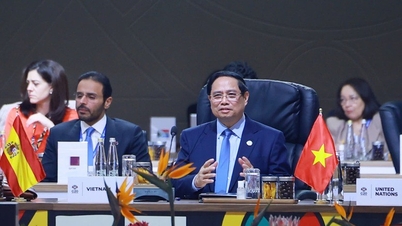






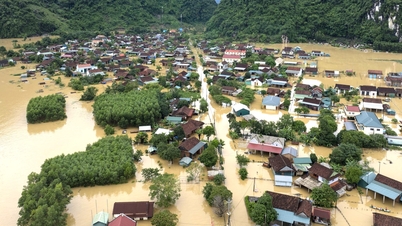






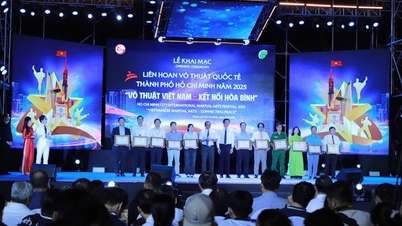

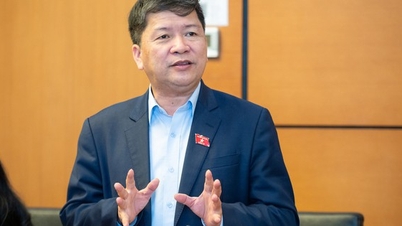








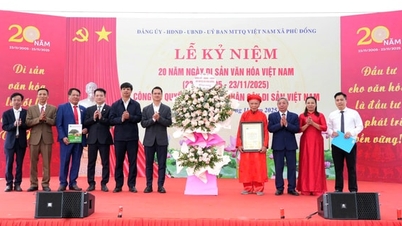






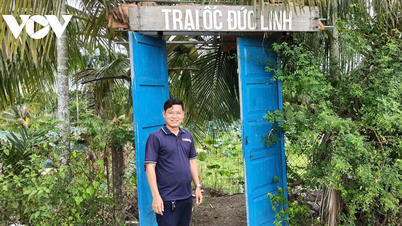



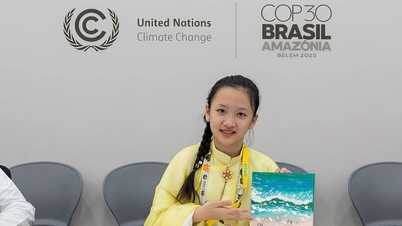






























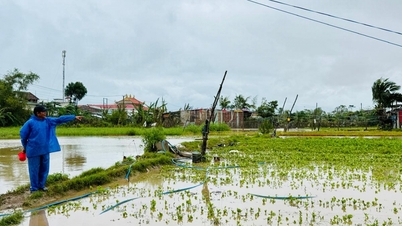

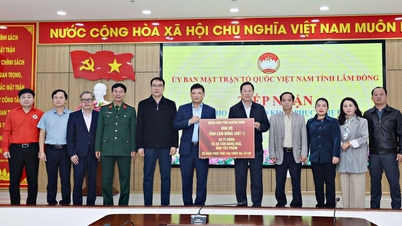

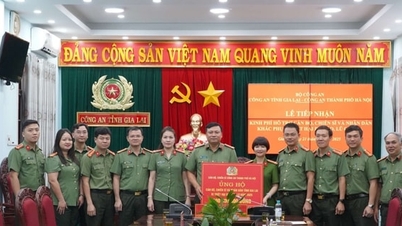













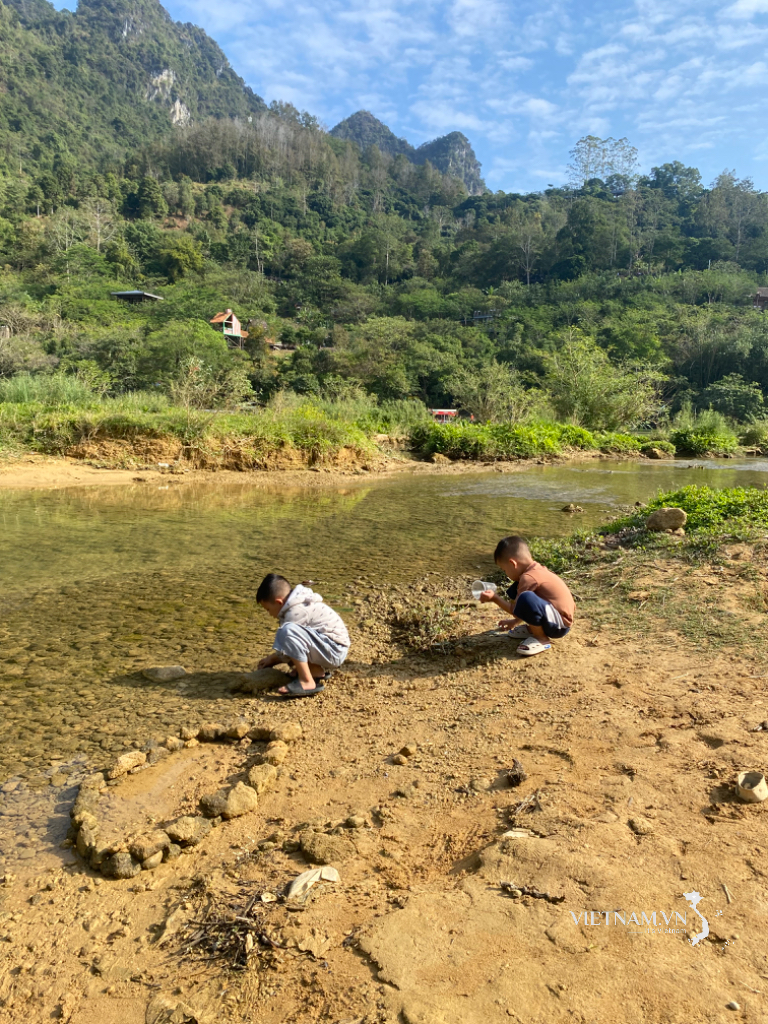



Comment (0)